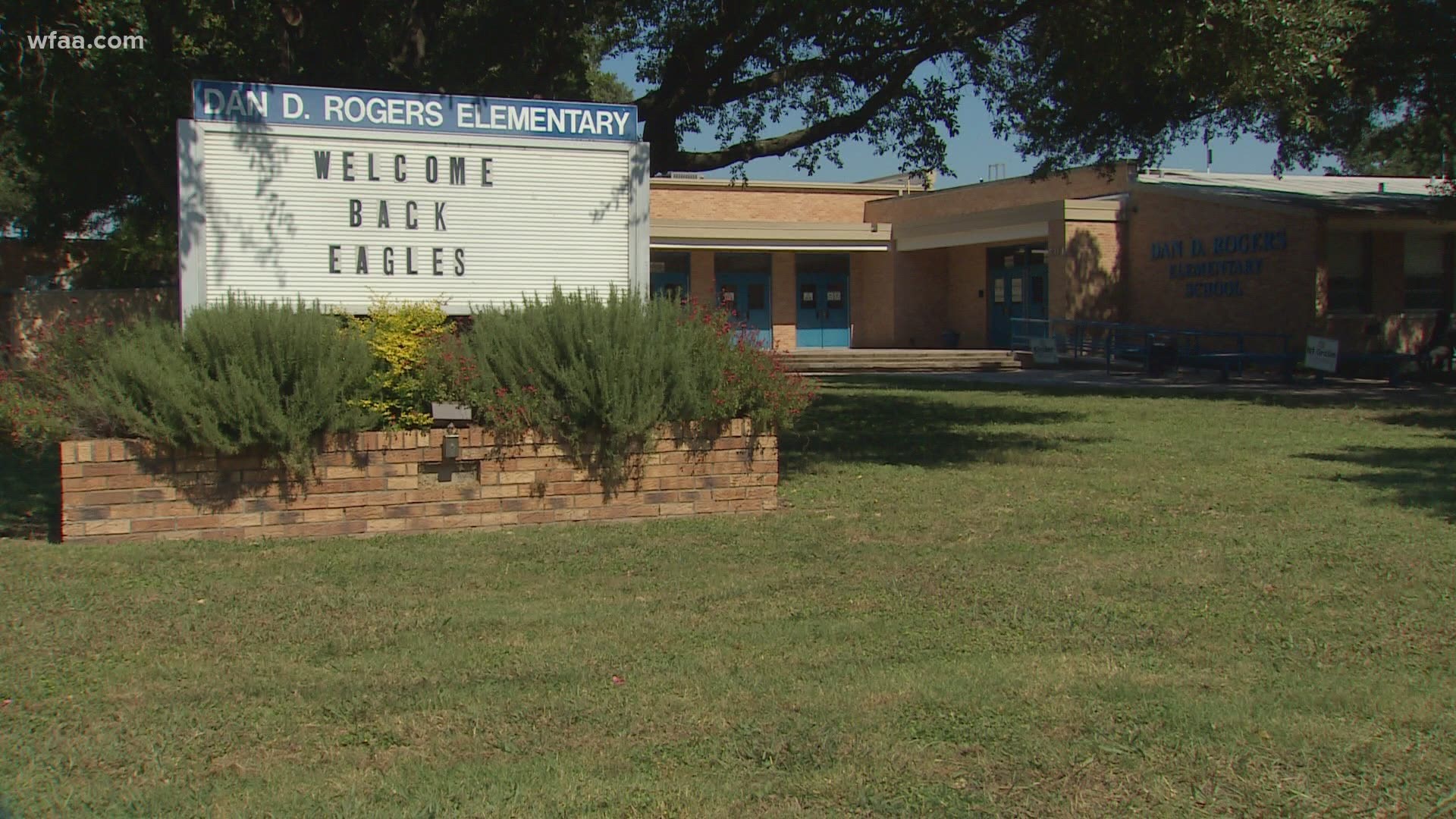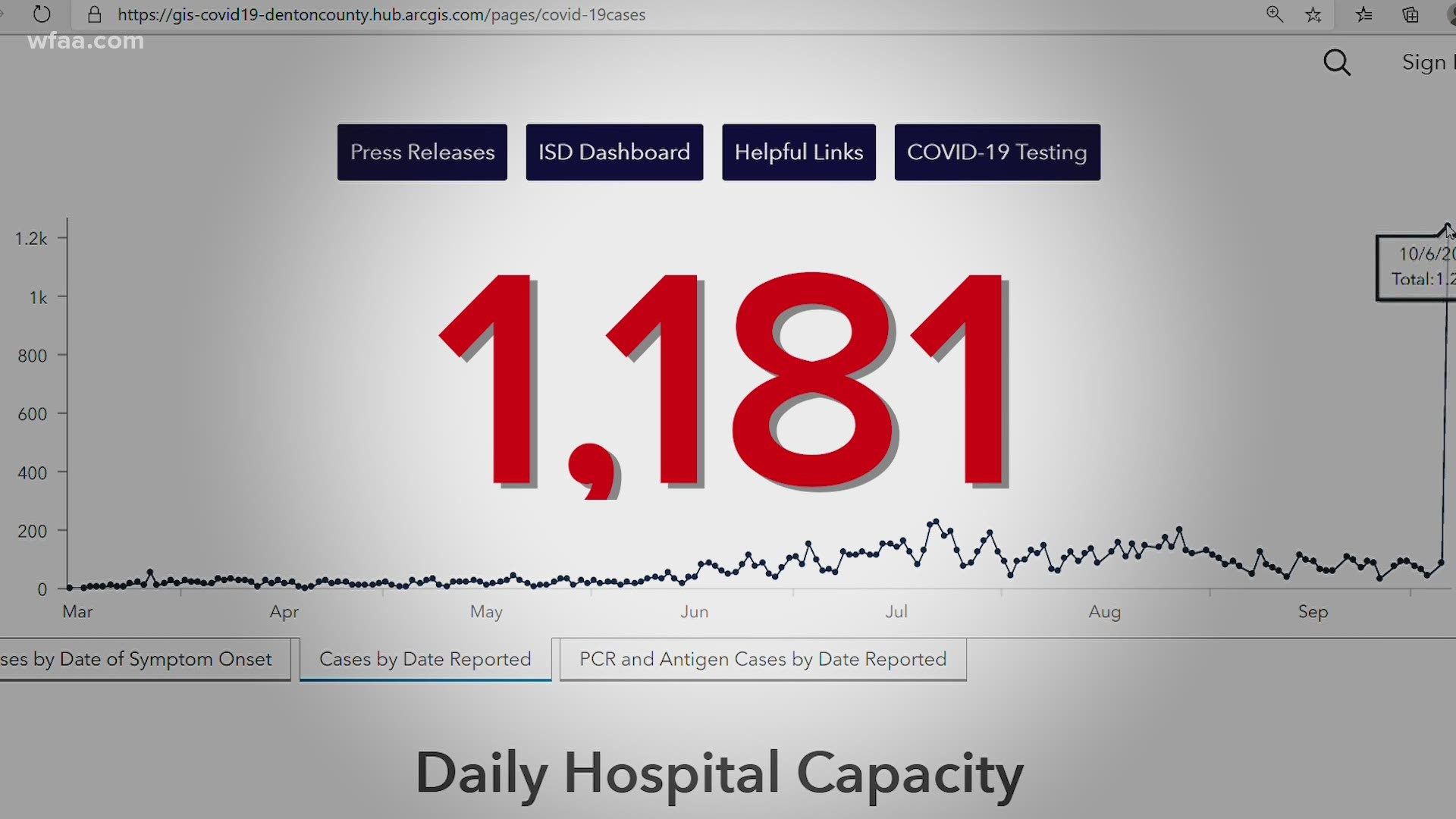DALLAS — While there is a lot of teaching happening inside our schools, the learning extends well outside the classroom too - and right into the office of the school nurse.
Atiyyah Russell is the school nurse at Dan D. Rogers Elementary in Dallas Independent School District. She says the first week-and-a-half since students returned to in-person learning is easy to describe.
Busy.
“Oh, yes it’s busier,” she said behind a KN-95 mask and face shield on Thursday. “We get new information almost daily. A lot of the symptoms I normally would not have sent someone home with, now we have to send them home.”
And once a student is sent home, state guidance from the TEA directs school districts to not allow the student to return to in-person learning until symptoms improve and ten days have passed.
But what if your student just has a cold?
Dr. Seth Kaplan is a pediatrician practicing in Frisco and is also president of the Texas Pediatric Society. He says the fall season, which traditionally brings in a lot of children with a variety of sniffles and coughs, hasn’t fully kicked in yet.
“Teasing out whether something is COVID or just a routine childhood viral illness is not easy,” Kaplan said.
Kaplan says more COVID-19 antigen testing - also called rapid diagnostic testing because it can be self-administered with results in minutes - will help answer that question but those tests are not in Texas schools yet.
Instead, if parents want to send their kids back to in-person learning in under 10 days, they’ll need either a negative traditional lab-based COVID-19 test, considered the gold standard, or another diagnosis.
Which leaves nurses like Russell on the front lines, deciding which student or staff member should go home in order to minimize or prevent the potential transmission to others at school.
“Almost anything that a kid will come to the clinic for we’re almost sending everyone home,” Russell said.


